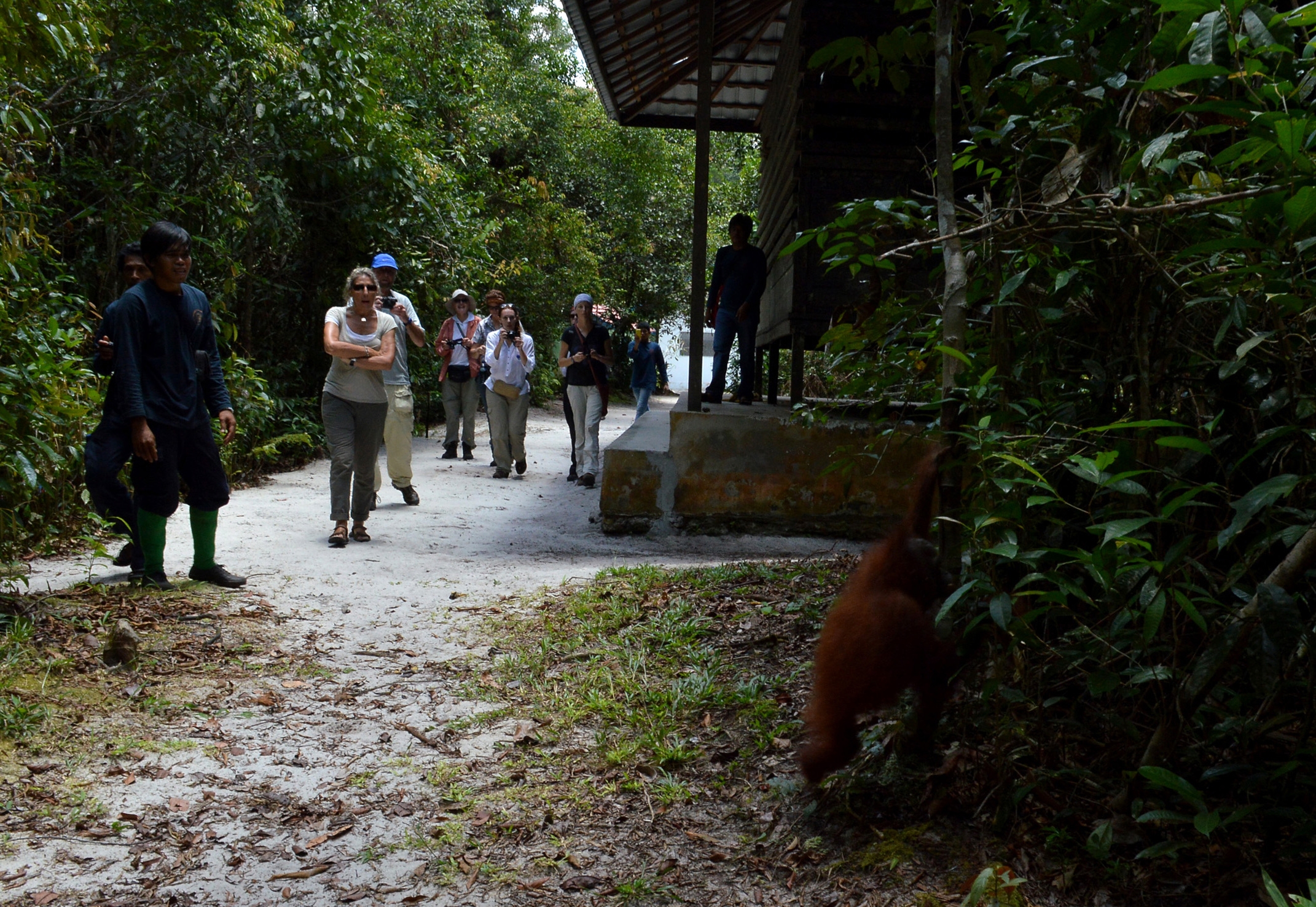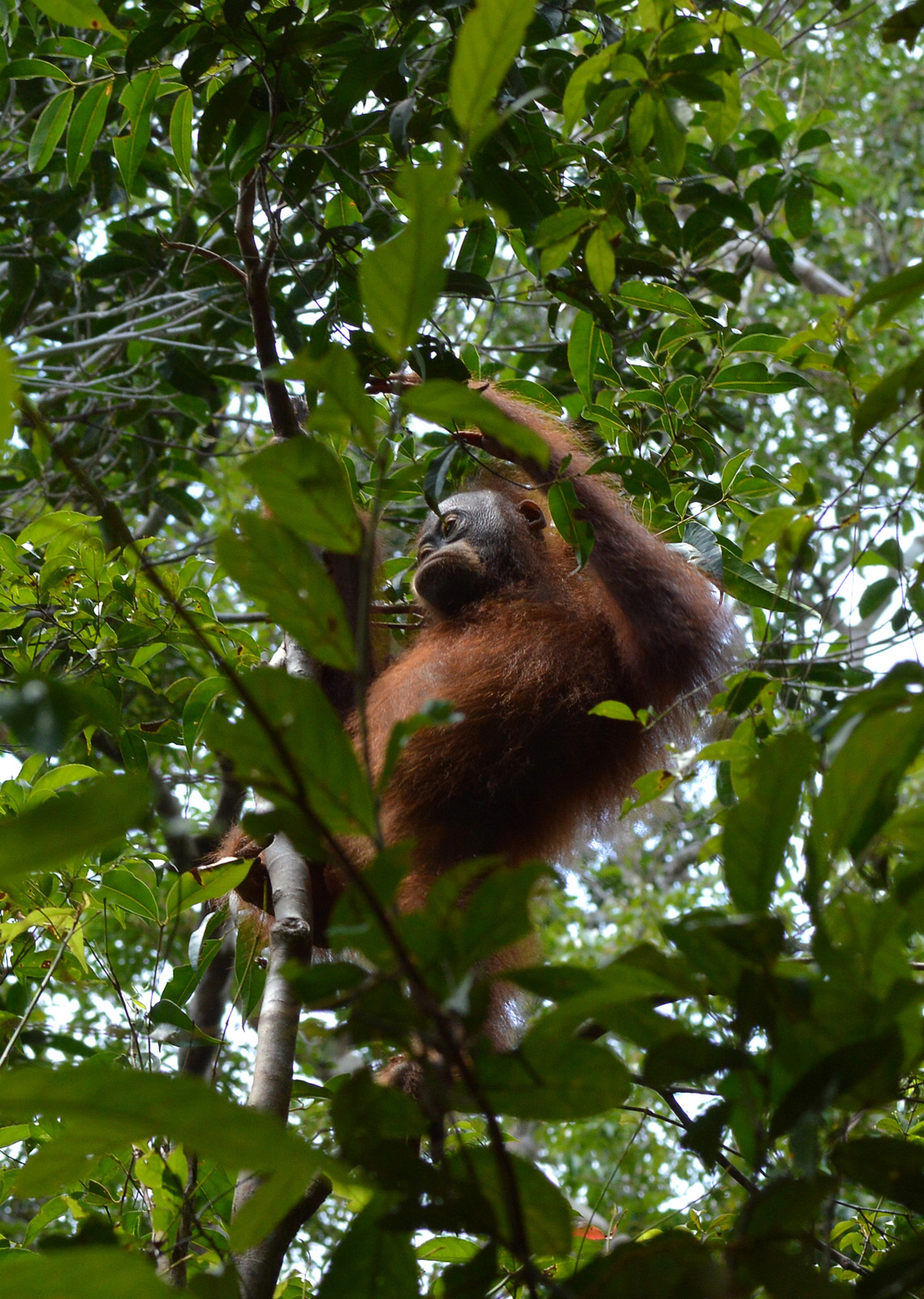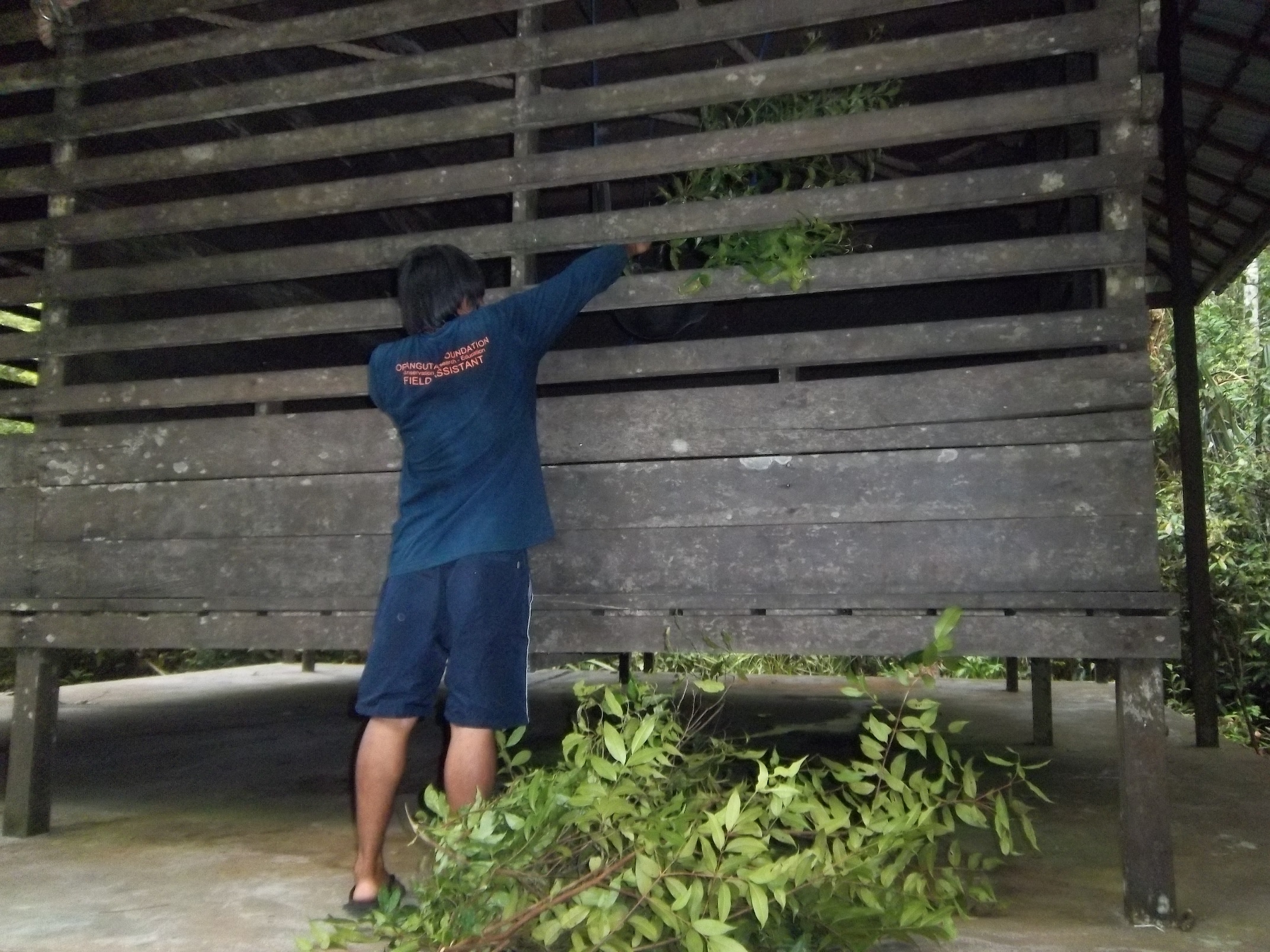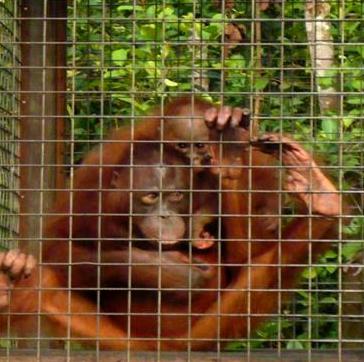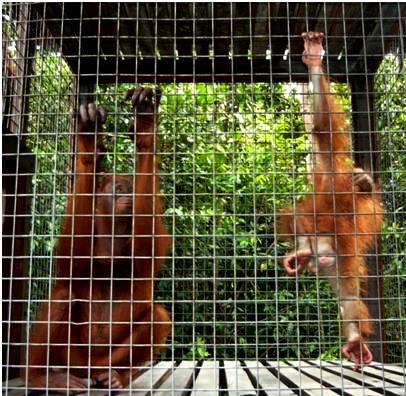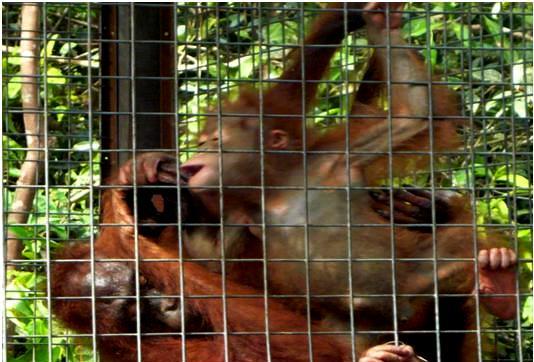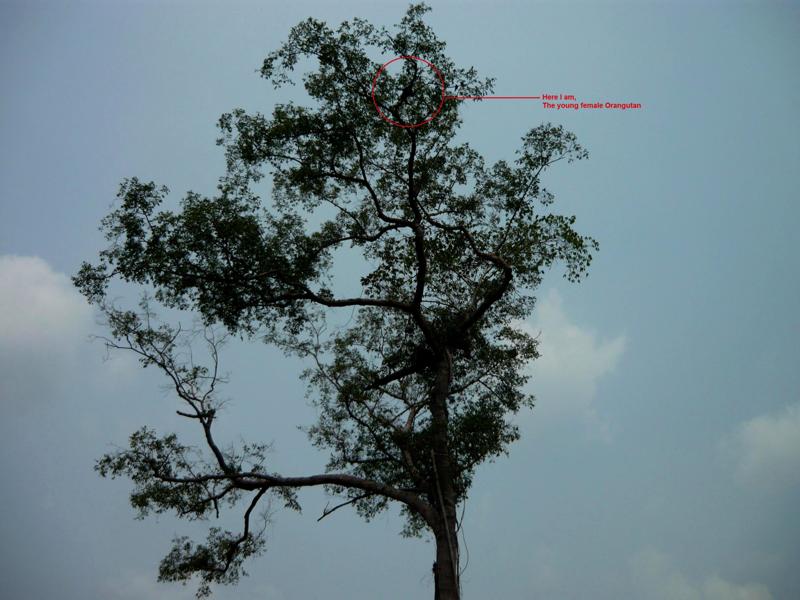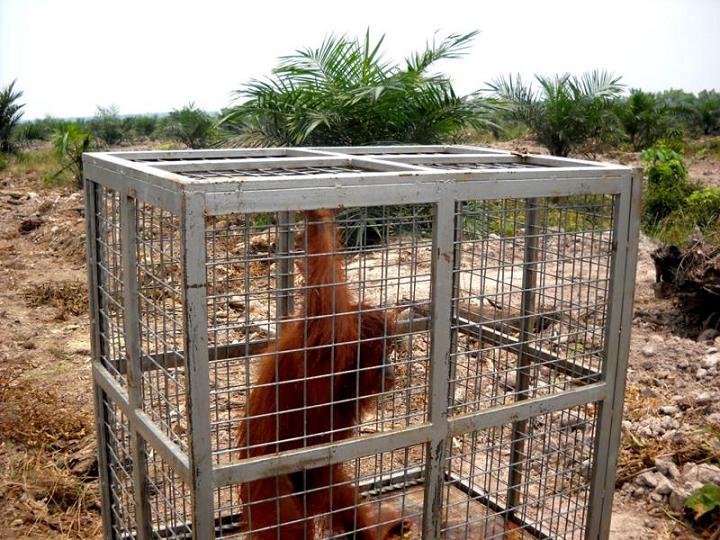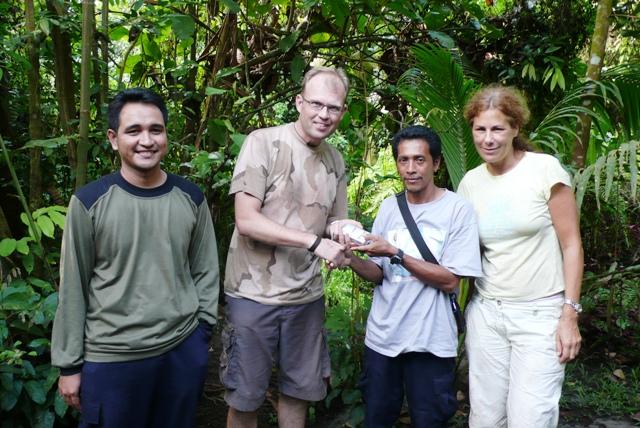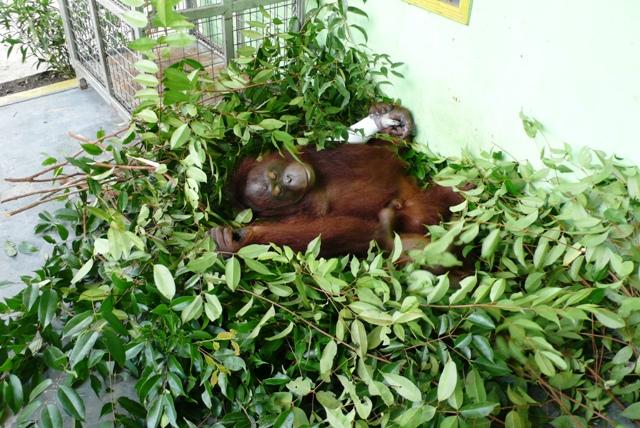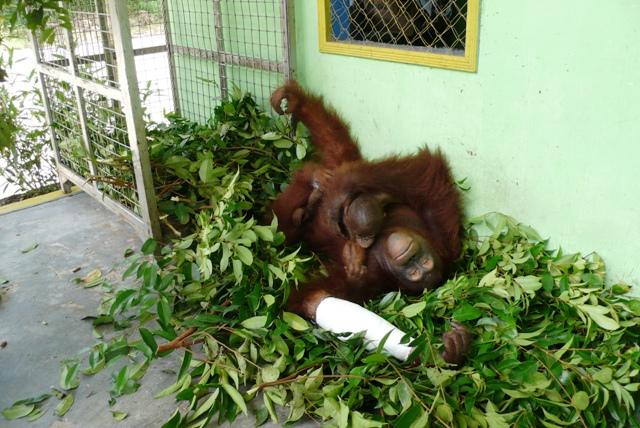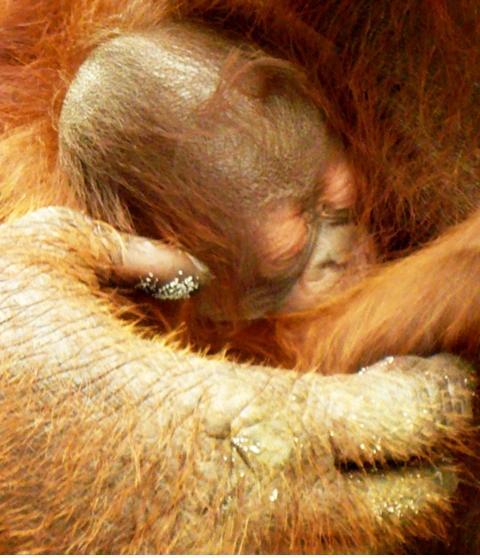We recently received news from the field of a rescue which did not go as planned, but nevertheless resulted in success. Last week, Orangutan Foundation staff received reports from the local village of Pangkalan Lima of a sun bear trapped in a villager’s well. The smallest of the world’s eight living bear species, the Bornean sun bear is also the least studied, with little known about its biology or range.
Our vet first anaesthetised the bear in order for staff to be able to safely remove the bear without injury to either party. A net was used to lift the bear up from the well.
The Foundation vet took blood samples which were taken to test for diseases which may have left the bear vulnerable following release. Test results later showed the bear to be in good health.
When managing the rescue and translocation of wild animals there is always a degree of unpredictability as to how the animal itself will react. The bear was placed within a cage whilst still sedated ready for translocation into the forest nearby.
But after two hours, staff found the bear had escaped! It took a further two hours to successfully recapture the bear from BKSDA grounds, where it was swiftly moved to a stronger cage until its release.
Later that evening it was further transferred to a safer cage overnight, as staff were still worried he could bite his way through the second cage. The bear was clearly very wild and needed to return to the forest, and staff successfully released it the next day in camp Siswoyo in Lamandau Wildlife Reserve.
Foundation staff are encountering a rise in the number of animals in need of translocation as they come in increasing contact with growing human settlements. Make a donation to ensure the Foundation can continue to keep the surrounding protected areas free from human development so that animals we rescue such as this sun bear have forest to return to.







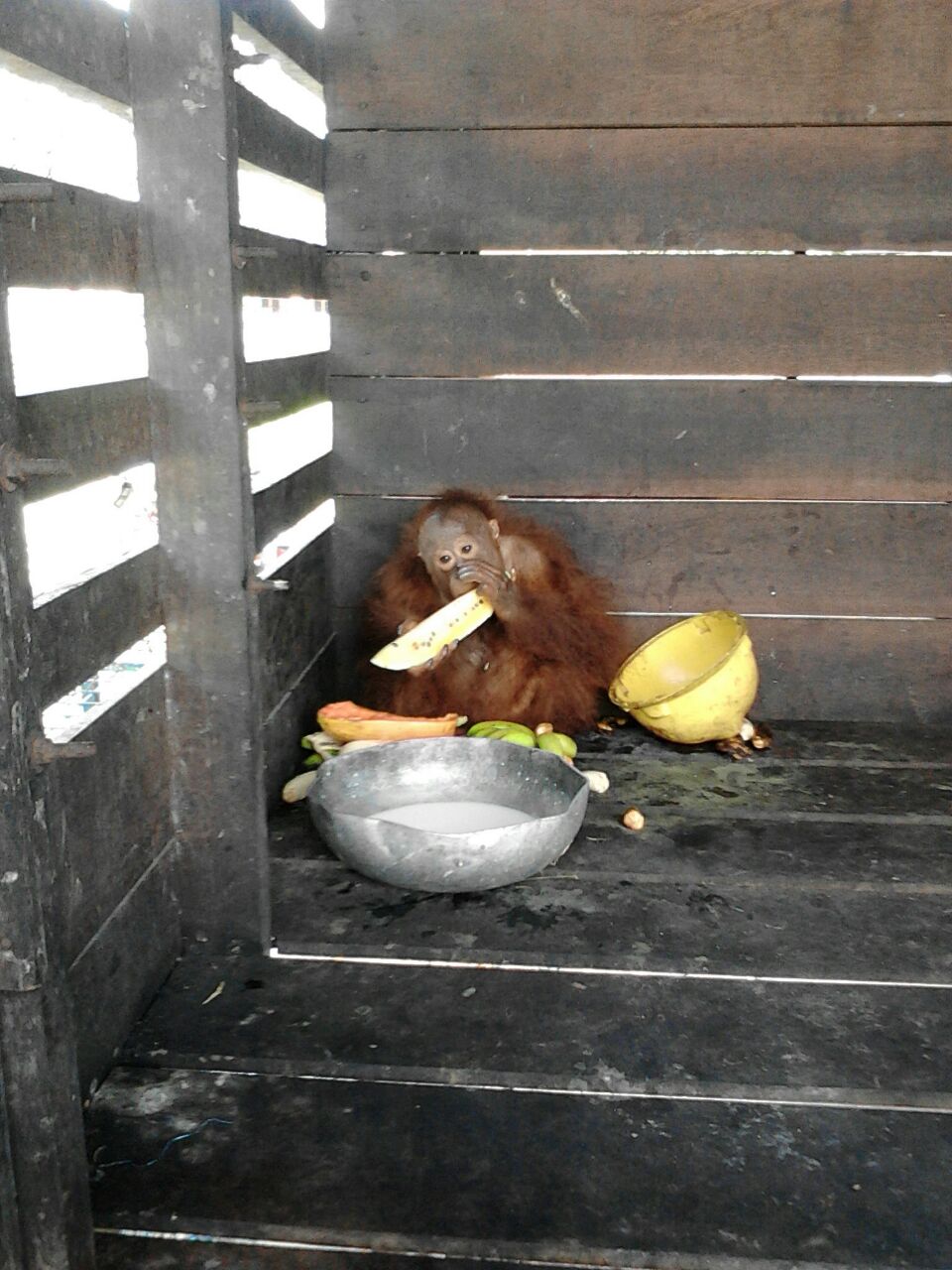

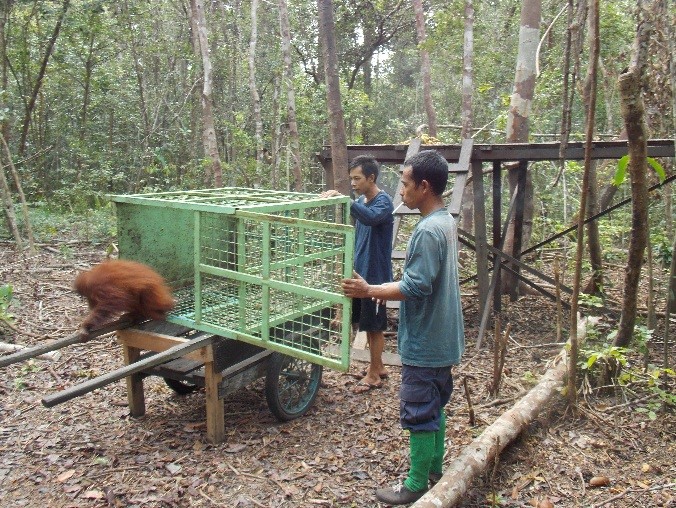


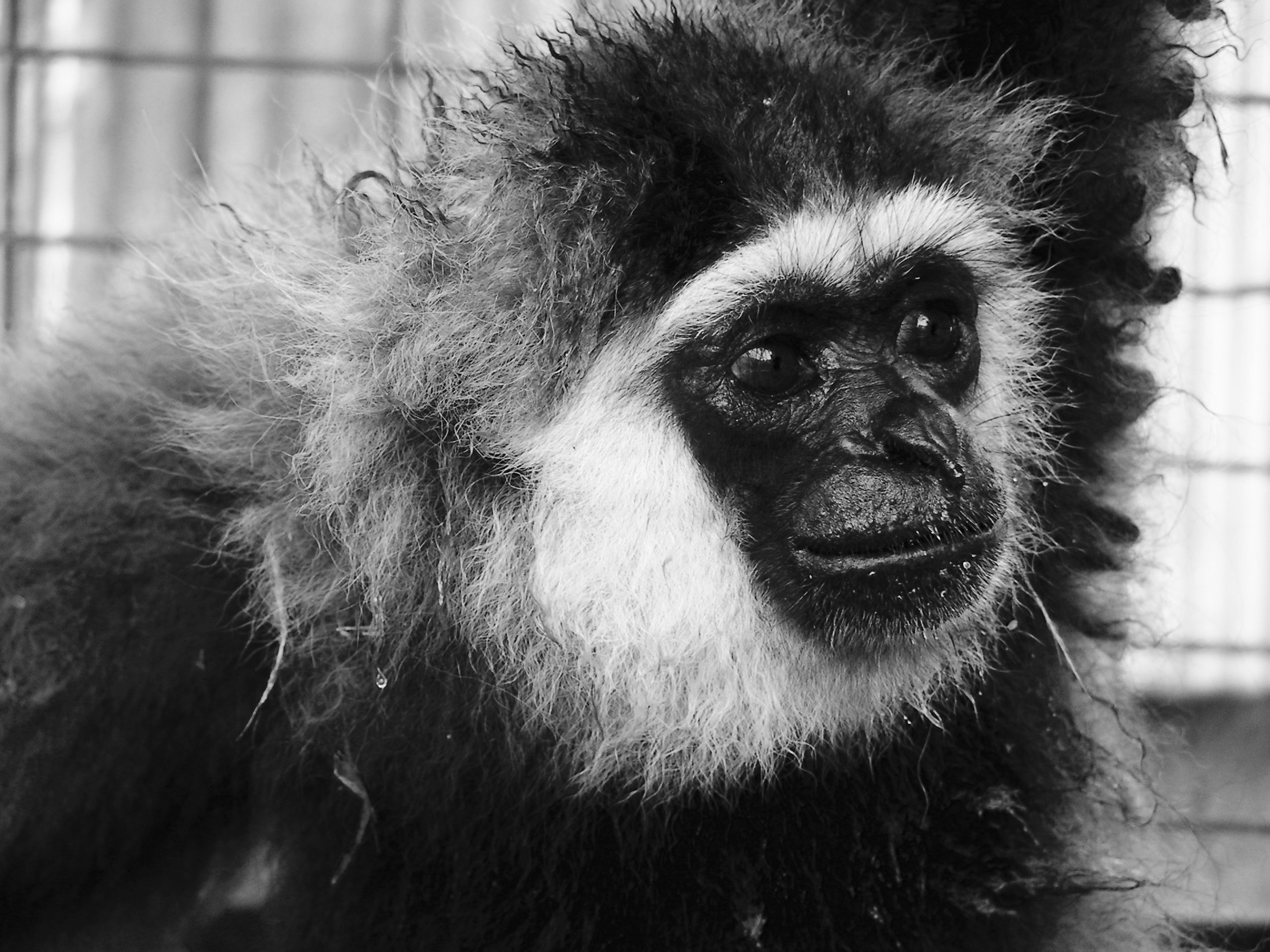

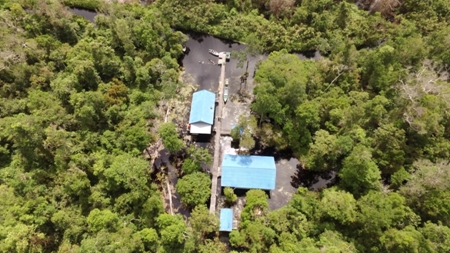





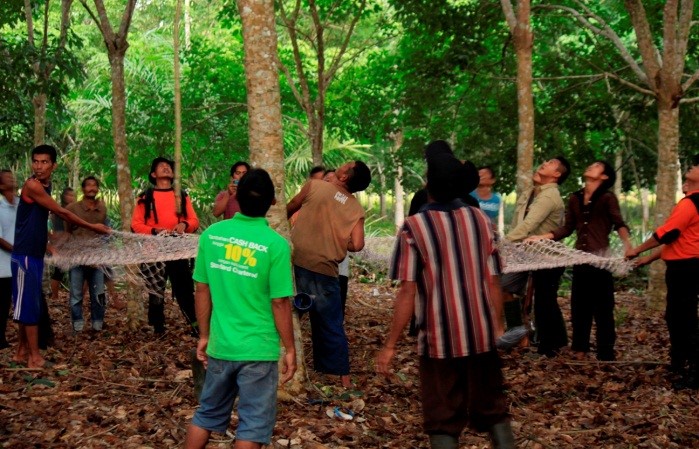

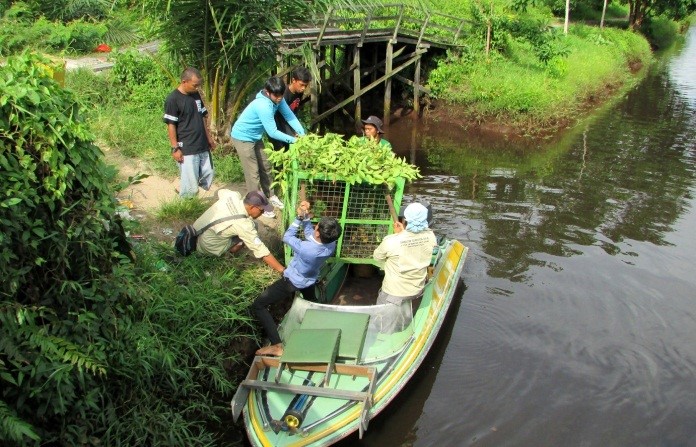
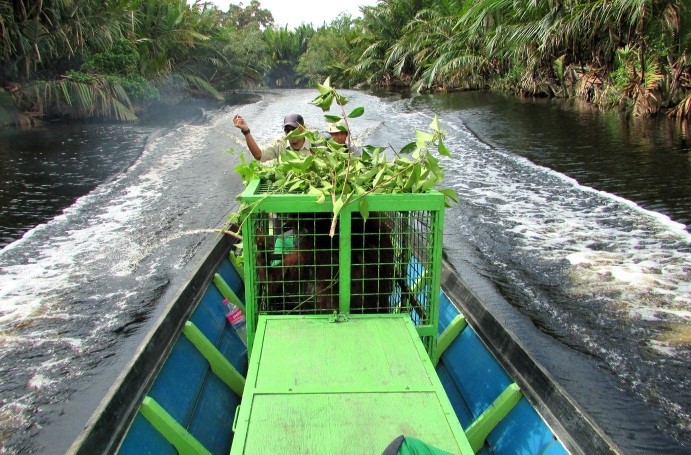


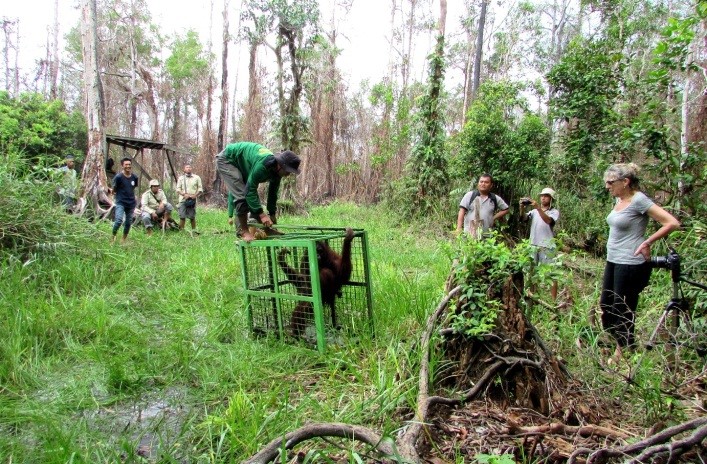
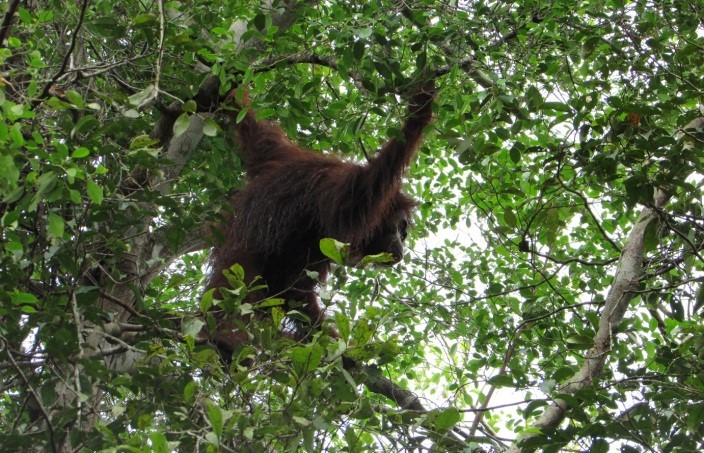
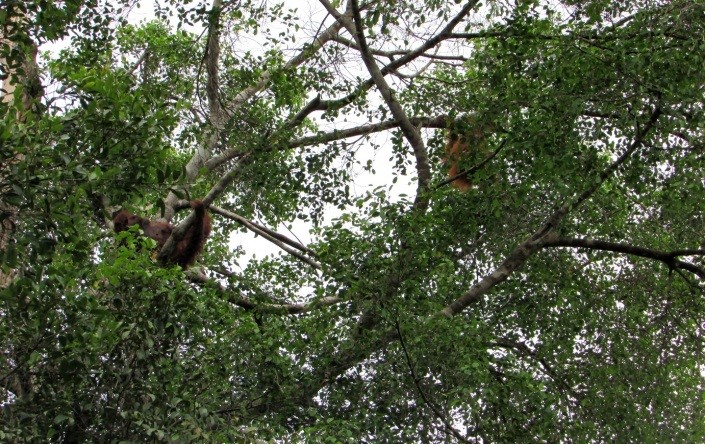

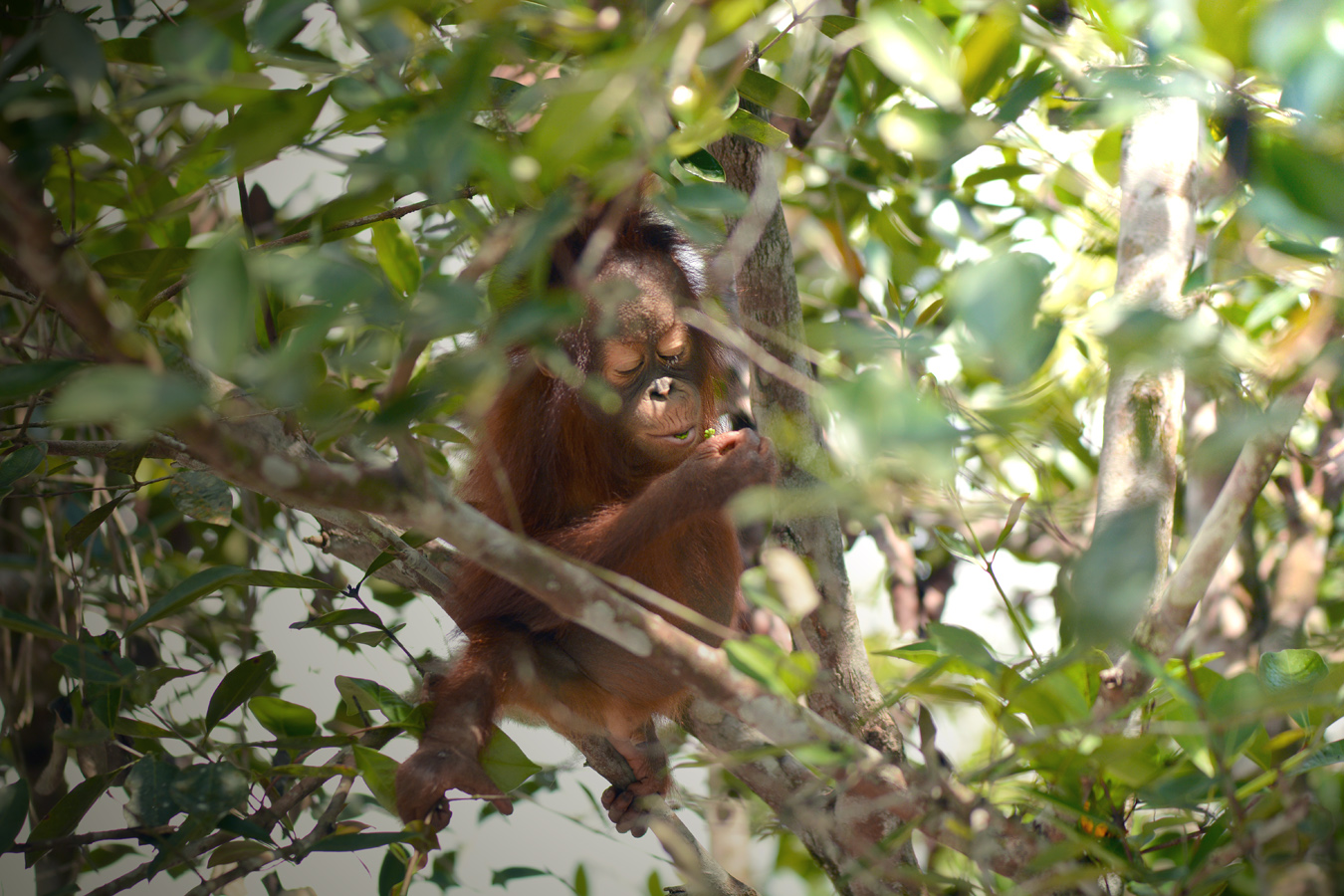

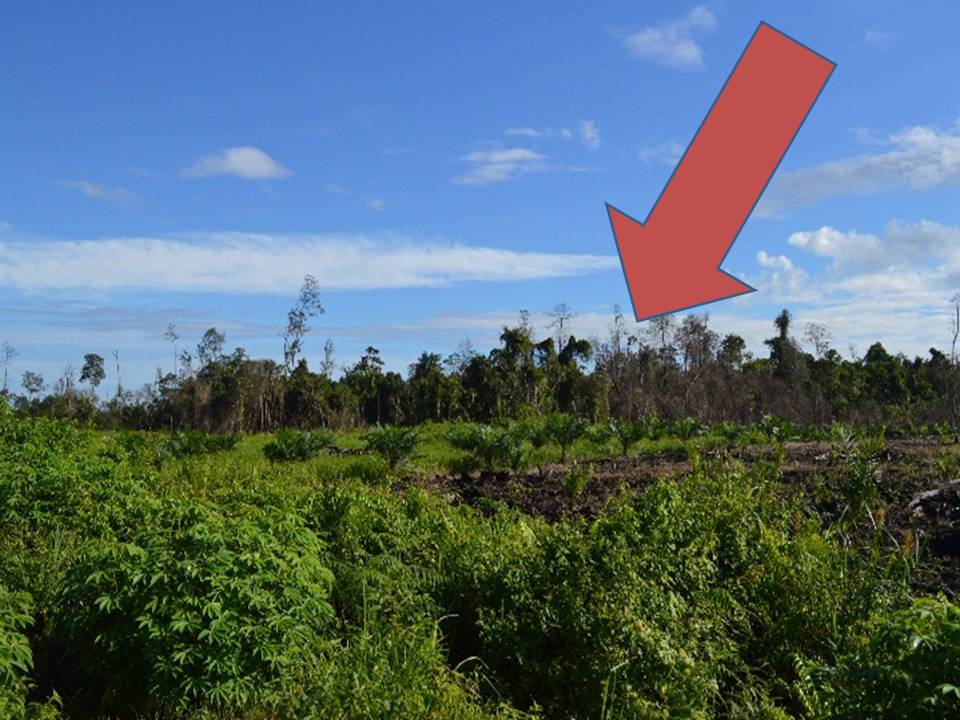
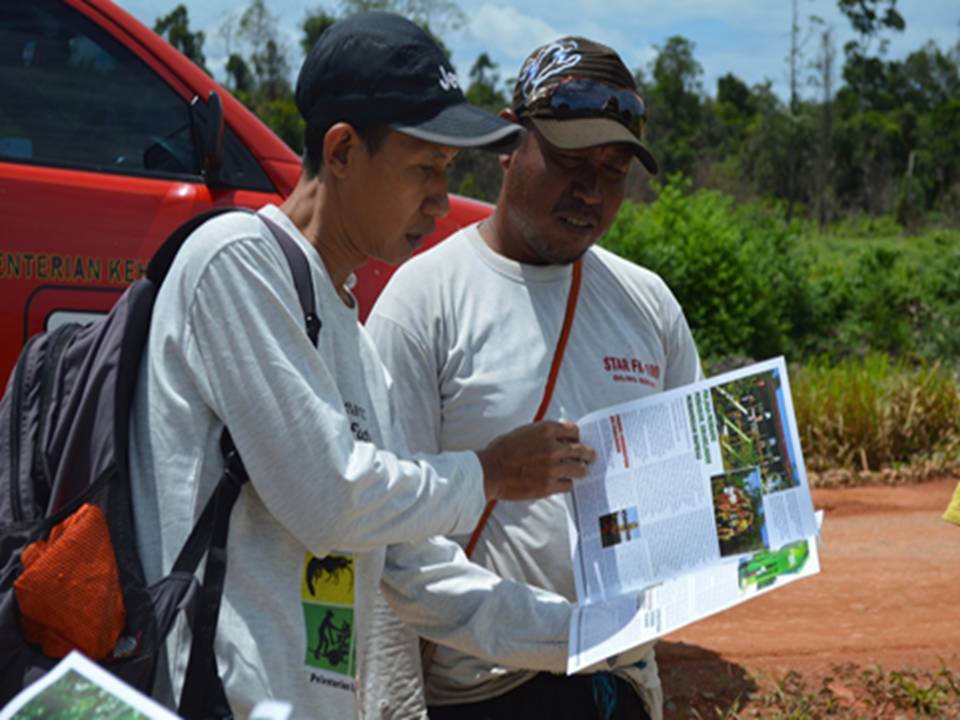

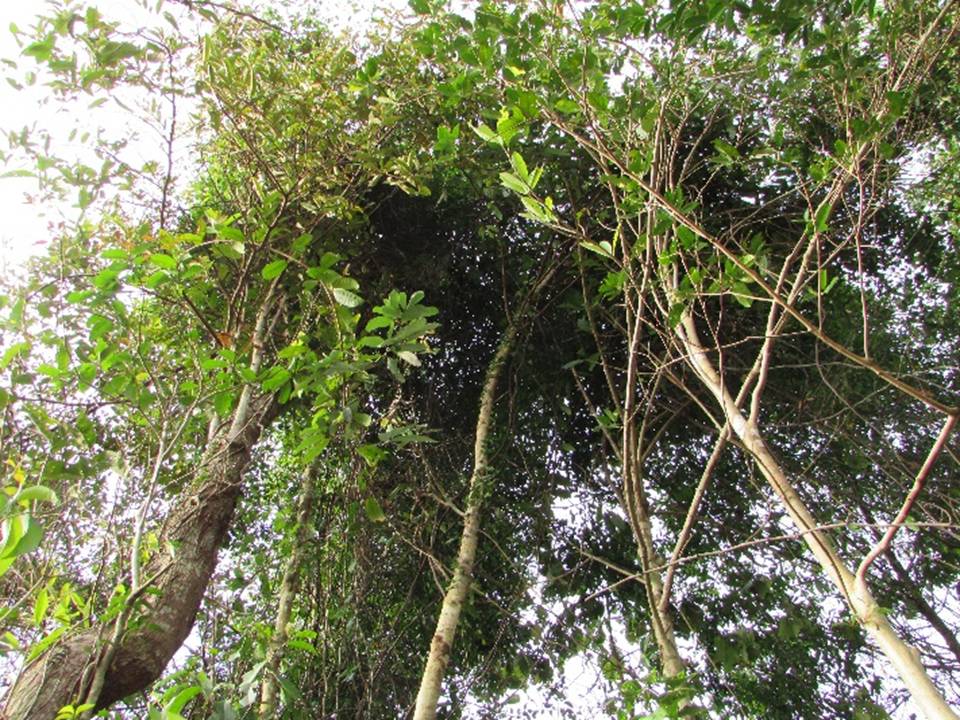
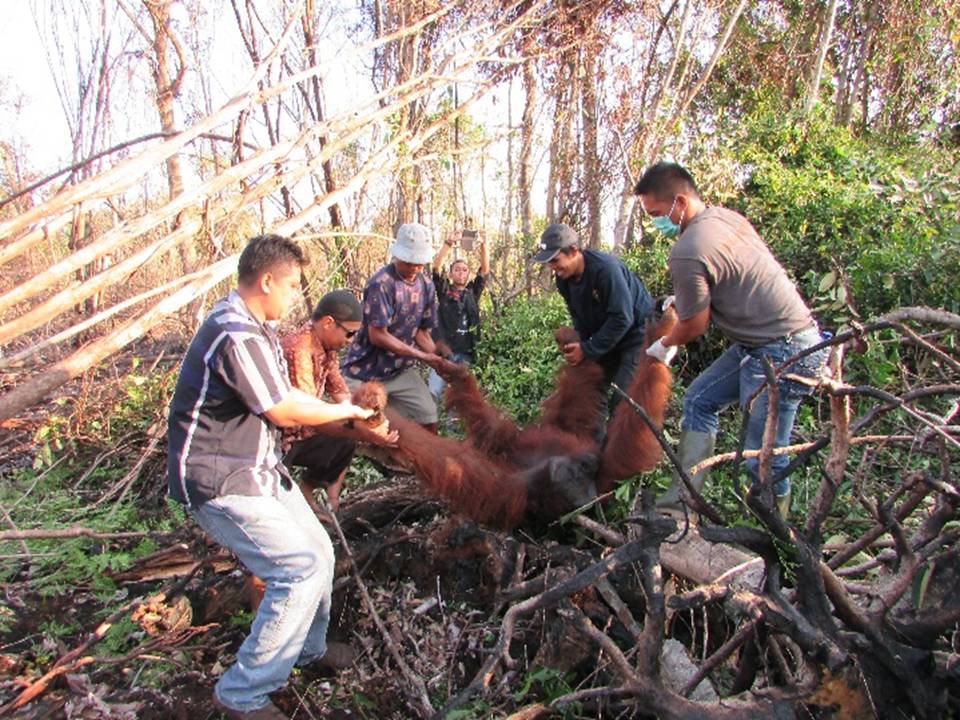


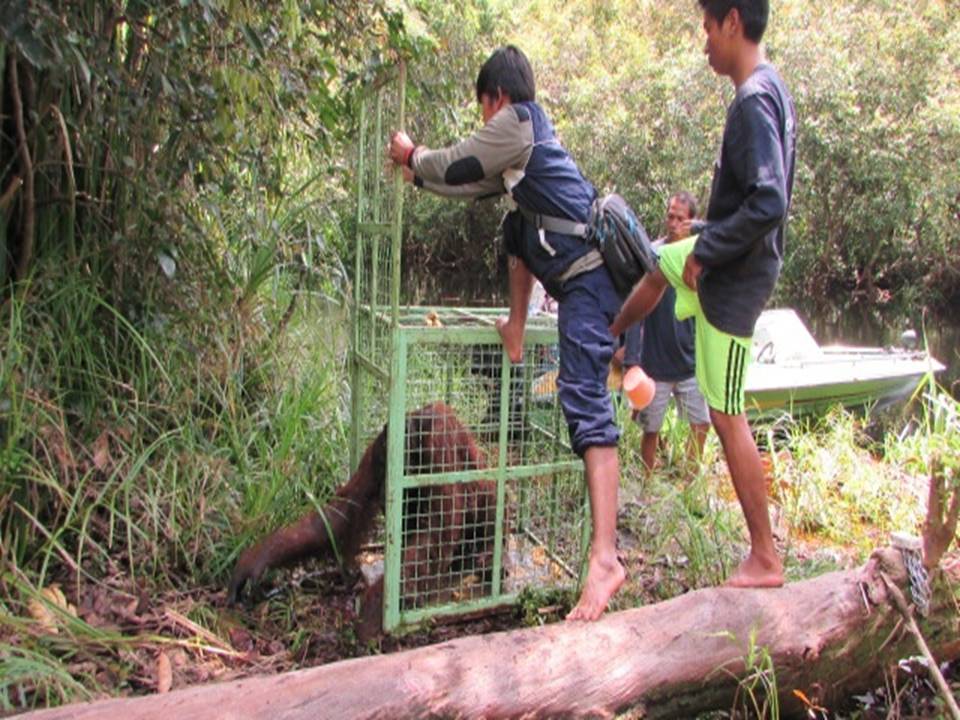



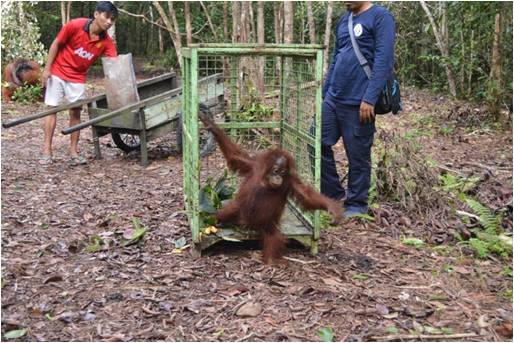
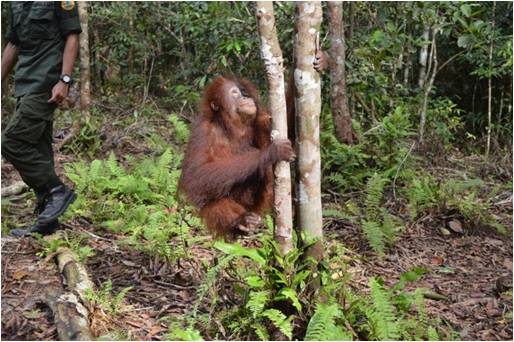
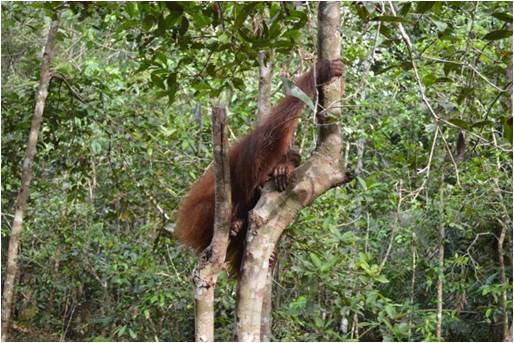




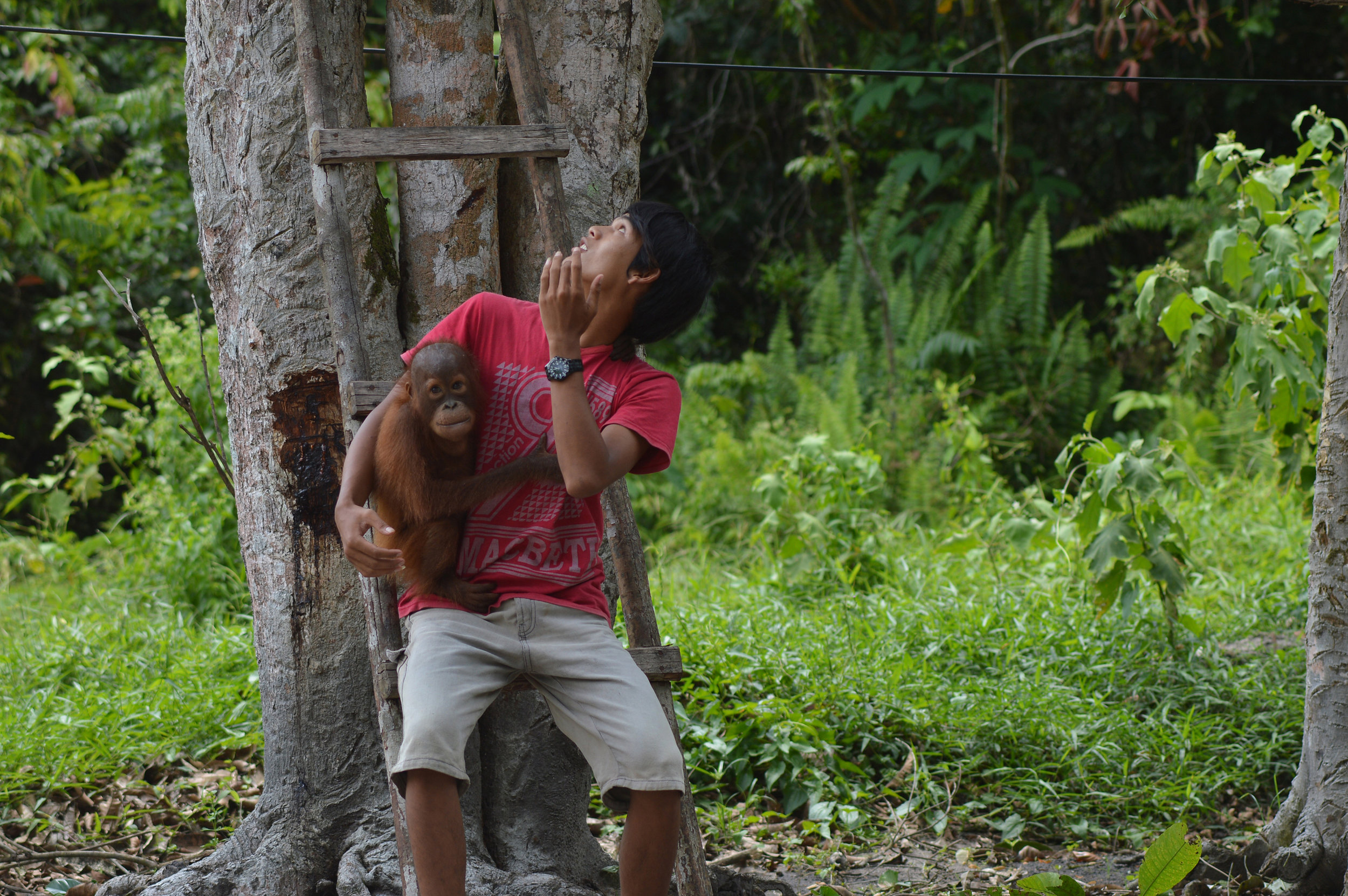


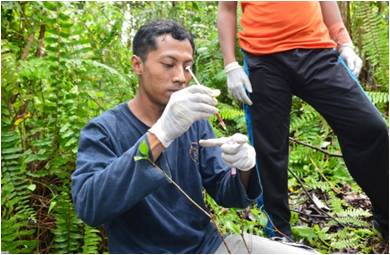
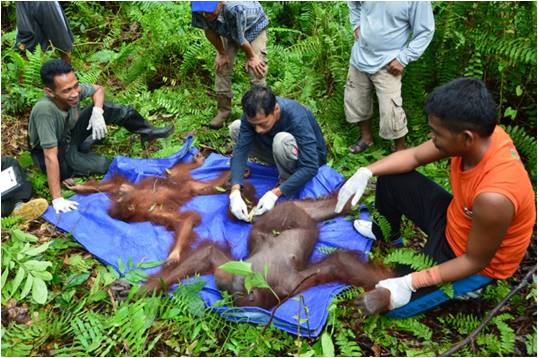
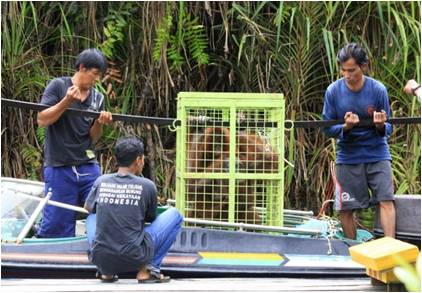

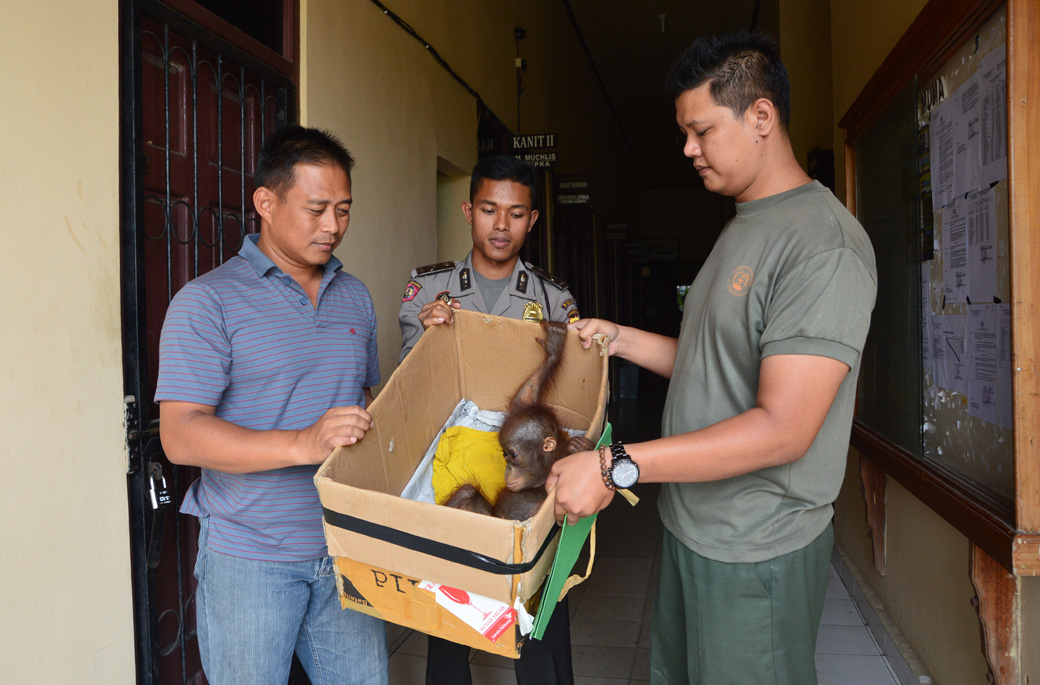
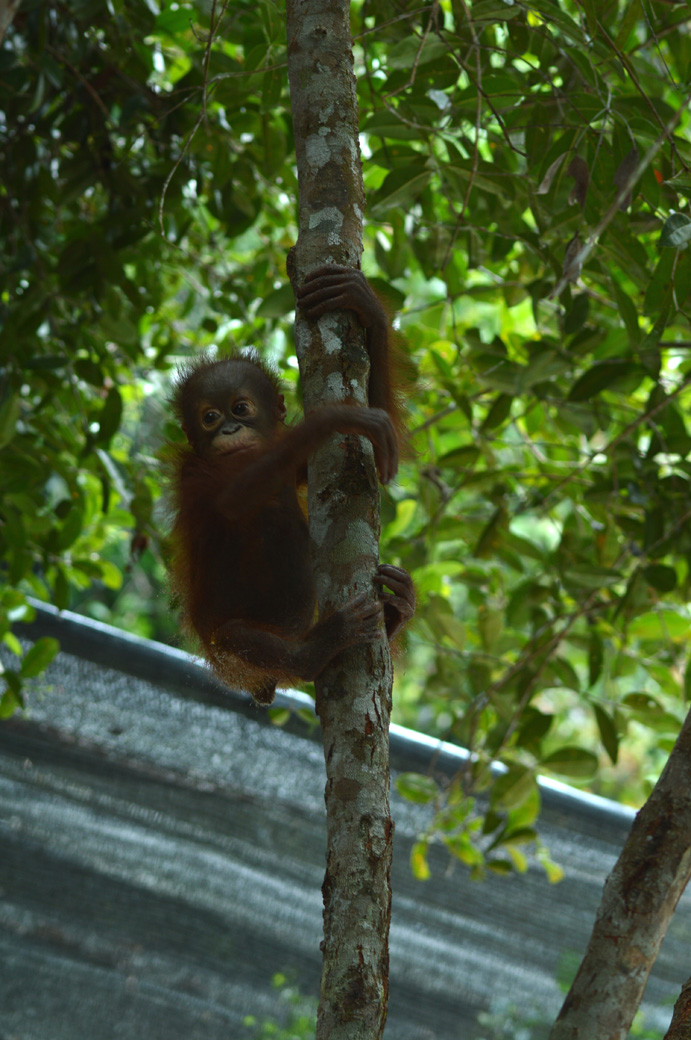
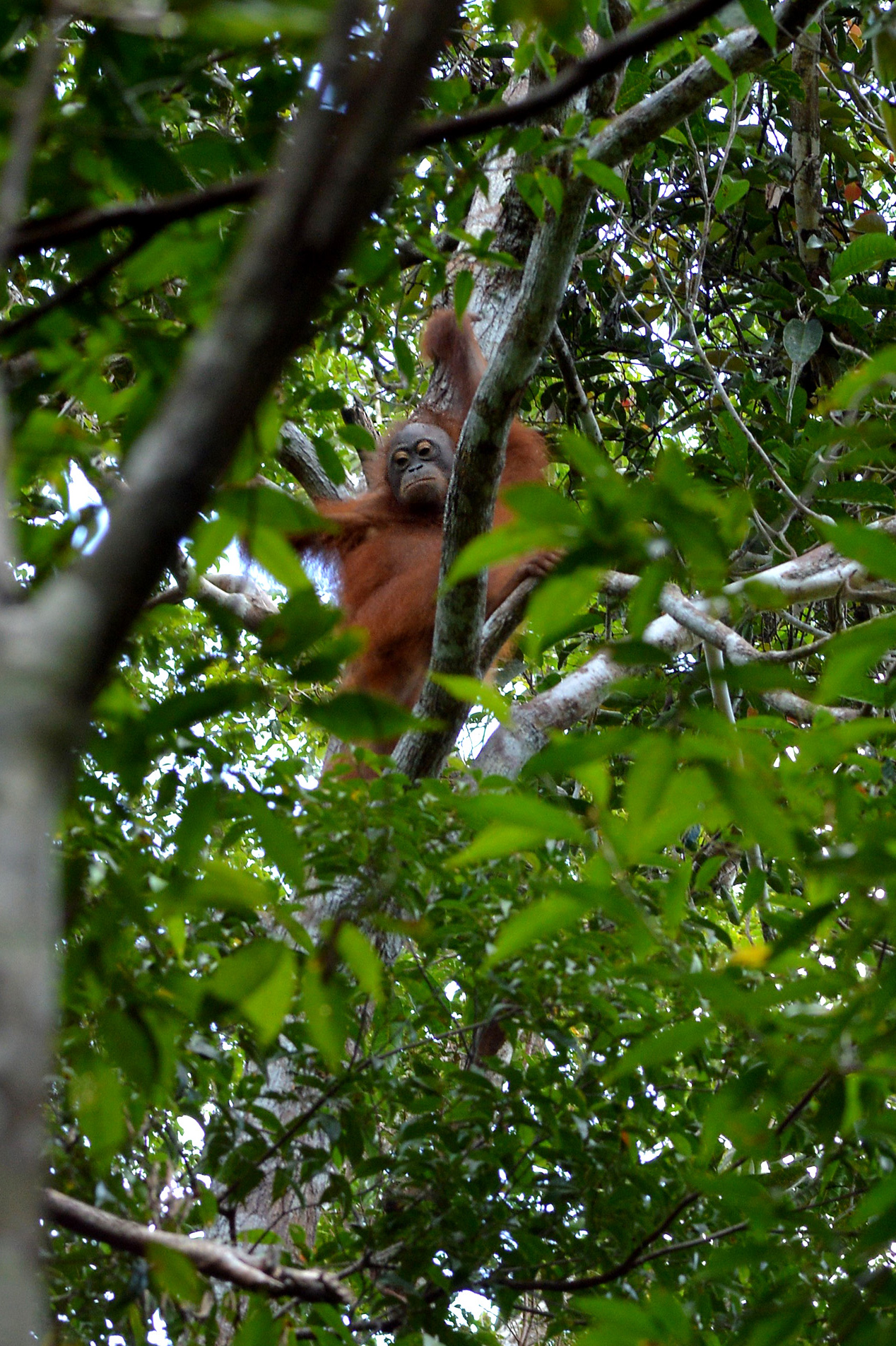 Melan was the orangutan who we rescued back in April, who had the head wound that required our vet to stitch the skin back together over the top of the head - a tricky job! This is the sort of wound that any individual would almost certainly die from if left untreated.
Melan was the orangutan who we rescued back in April, who had the head wound that required our vet to stitch the skin back together over the top of the head - a tricky job! This is the sort of wound that any individual would almost certainly die from if left untreated.